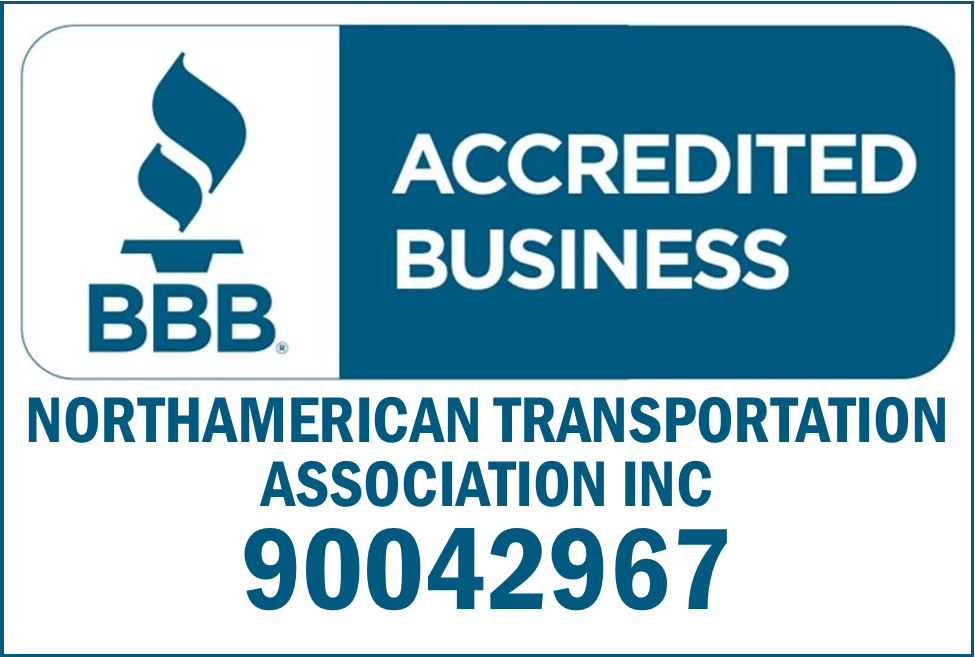Night Driving Tips: How To Stay Safe While Driving After Dark
Driving at night poses unique risks, from reduced visibility to heightened fatigue, making it crucial for all road users to equip themselves with the knowledge to stay safe. This requires us to think about our readiness before getting behind the wheel and prepare to encounter uncertain and unpredictable conditions on the road after dark.
Risks and Tips When Driving At Night
There are many practical ways to make your journey safer when driving at night. It starts by recognizing and preparing for the potential risks.
Reduced Visibility
The visual landscape changes radically on the road at night. On the one hand, decreased visibility of objects in the environment makes it harder to spot potential hazards. On the other hand, headlights and other artificial lighting require our eyes to adjust quickly between dark and light.
Ensure your windshield is clean and that wipers are working effectively, as streaks on the glass can create added issues when light hits them.
Keep your headlights clean, maintained, and properly aimed so you don't dazzle oncoming drivers. Know how to use your high beams and fog lights, and always remember to switch to low beams as soon as you are visible to another vehicle. Also, turn off any lights inside the car and change the screen to night mode.
Increased Fatigue
Humans are naturally wired to be awake during the day and asleep at night. This means we are more likely to feel drowsy when driving after dark. So night driving carries more inherent risk, especially after a long day.
According to research, crashes from drowsy driving after dark are more likely between midnight and 6 am. Technology is rapidly developing to pick up on physiological signs that a driver is experiencing drowsiness because people rarely know that their driving is impaired by fatigue.
Ensure you are well rested before driving at night. Take regular breaks, at least every two hours or 100 miles, to keep your blood pumping and energy flowing.
If you notice you feel drowsy while driving, take a break as soon as possible and drink water. Have a short walk around the car, and if necessary, take a 20-30 minute nap. Share driving responsibilities with a well-rested co-driver, if possible, especially on long journeys.
More Wildlife Near Roads
You are more likely to encounter wildlife during twilight and at night. Large animals grazing around roads can be dangerous if the driver doesn’t spot them in time when required to slow down and take evasive action.
A recent study found that "Vehicle headlights are the primary means of illuminating potential roadside hazards to drivers at night." High beams can detect large animals further away, giving drivers more time to brake safely. The study also found that driver reaction times increase as a journey continues.
Look out for wildlife warning signs and drive with care on rural roads. If an animal crosses your path, brake firmly, but avoid swerving into oncoming traffic.
Less Traffic, More Speed
There tends to be a lower volume of traffic at night, which can make it tempting for drivers to increase their speed. But speed significantly increases the risk of the elements we've already discussed. With less visibility, lower reaction times, and unpredictable factors like unsighted animals and pedestrians, it's even more important to take care, slow down, and allow plenty of space around your vehicle.
Alcohol
The risk of encountering road users who have had a drink is higher at night. Driving is inherently more dangerous after consuming any amount of alcohol, so don't.
Keep your distance from other vehicles, especially if you notice them driving erratically or unusually. Be alert to pedestrians who may have consumed alcohol. Intoxication means they are more likely to act impulsively, which may include suddenly stepping out into the road.
Weather Conditions
Nighttime can bring changes in the weather that require care and patience behind the wheel. When the temperature fluctuates, especially in the winter, you are more likely to encounter ice, fog, and invisible potholes. This can make for precarious driving conditions with low visibility. If wet and windy, there is an increased chance of flooding, debris, and fallen trees on the road, which is harder to see from a distance.
Check weather forecasts before your trip. Only travel in adverse weather at night if absolutely necessary, and allow plenty of extra time so you can drive with patience, care, and awareness of everything around you.
Roadworks and Construction
Road maintenance and development projects often happen at night when the roads are quieter. A road closure may cause anxiety and panic, especially if you don't know your diverted route. Unexpected driving in unfamiliar surroundings might require you to find somewhere to stop, take a breath, and look at a map to get more comfortable with the change of plan.
Get as much information as possible about potential road closures and highway work along your route before you set off. Plan your journey accordingly. Respond to active construction zones by following posted speed limits and being prepared for changes. Look out for construction workers, bollards, and equipment.
Keep it Simple with these simple tips
Remember these tips, whenever you drive at night. They are the simplest way to keep safe whenever you get behind the wheel.
Aim high in your steering by scanning the road at least 15 seconds ahead.
Get the big picture by using your mirrors and leaving a stopping distance of at least four seconds between you and the car in front.
Always keep your eyes moving to stay alert and avoid drowsiness.
Leave yourself an out by surrounding yourself with space.
Make sure they see you by using your lights and indicators to maximize communication even when visibility is reduced.
Content Disclaimer: Due to the constantly changing nature of government regulations, it is impossible to guarantee the total and absolute accuracy of the material contained herein or presented. NorthAmerican Transportation Association (NTA) cannot and does not assume any responsibility for omissions, errors, misprinting or ambiguity contained. NTA shall not be held liable in any degree for any loss, damage or injury caused by any such omission, error, misprinting or ambiguity present. It is made available with the understanding that NTA is not engaged in rendering legal, accounting or other professional service. If legal advice or other expert service is required, the services of such a professional should be sought.











